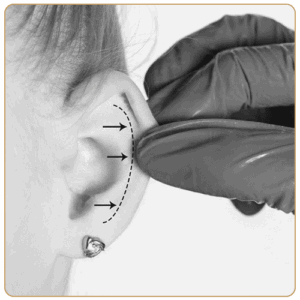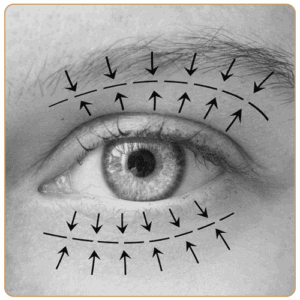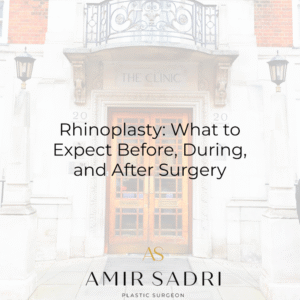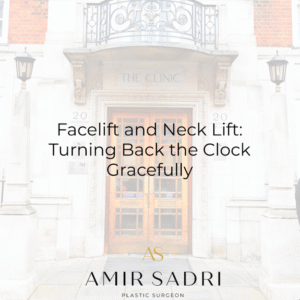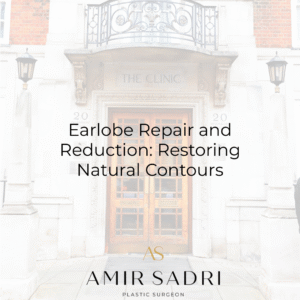Deviated septum surgery, also known as septoplasty, is a surgical procedure performed to correct a deviated septum. This condition occurs when the thin wall (nasal septum) between your nasal passages is displaced to one side, which can lead to breathing difficulties, congestion, and other nasal problems. While many people have some degree of nasal septum deviation, severe deviations can significantly impair quality of life, leading to frequent sinus infections, sleep disturbances, and even affect facial symmetry.
Before considering surgery, it’s important to understand the symptoms associated with a deviated septum. These can range from nasal congestion, nosebleeds, and facial pain to more severe complications like ongoing sinus infections and sleep apnea. If such symptoms have a persistent impact on your daily activities and well-being, consulting with an ear, nose, and throat specialist (ENT) is advisable. An ENT will conduct a thorough examination and suggest septoplasty if it benefits your health.
Septoplasty is usually an outpatient procedure performed under local or general anesthesia, depending on the complexity of the deviation and patient preference. The surgeon works through the nostrils, making an incision in the septum to remove or reposition the cartilage and bone. This minimally invasive approach means no visible scars on the outside of the nose. The procedure typically lasts between 30 to 90 minutes. Although you can expect some swelling and discomfort following surgery, these should subside as your body heals.
Recovery from septoplasty typically involves a few weeks of rest, with most patients resuming light activities within a week. Post-operative care is crucial and involves following the surgeon’s instructions carefully. This may include using nasal sprays, avoiding strenuous activities, and attending follow-up appointments to monitor healing. Patients often report significant improvements in breathing, sinus health, and overall nasal function following a successful septoplasty.
While septoplasty is generally safe, like any surgery, it carries potential risks. These can include bleeding, infection, and adverse reactions to anesthesia, though they are relatively rare. The decision to undergo surgery should be carefully weighed against these risks, with guidance from your healthcare provider. It’s essential to have a candid discussion about your expectations and potential outcomes to make an informed choice.
Ultimately, deviated septum surgery can dramatically enhance a person’s quality of life. Improved nasal airflow can result in better sleep, increased stamina during physical activities, and reduced sinus complications. If you’re experiencing significant symptoms related to a deviated septum, consult a specialist to explore treatment options that suit your needs.



